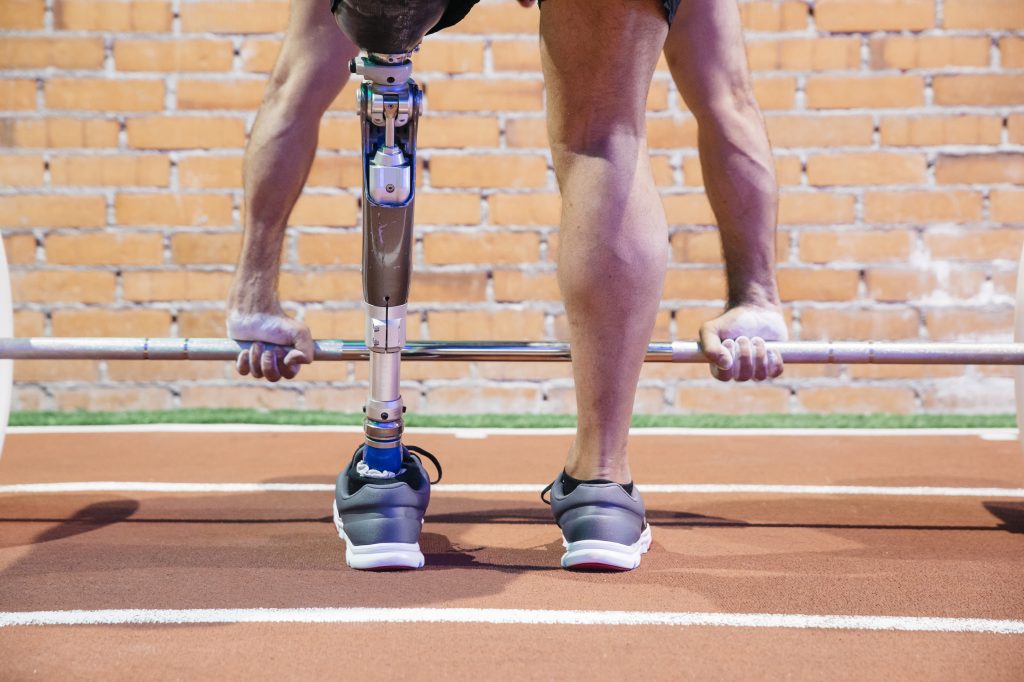At Falcon Health, our physio in West Sussex embraces technology when looking to improve the service we offer. Technology helps physiotherapists in countless ways. So, our experts have developed this blog to show you how technology has revolutionised physiotherapy and improved the service we can provide to clients.
How Does Technology Impact Physiotherapy?
Physiotherapy is the rehabilitation and treatment of injuries, disorders, or diseases through physical means such as exercise, heat, and massage. It often includes a patient’s self-care regime. Physiotherapy aids in the healing process and helps patients return to their previous level of functionality.
In recent years, technology has made significant advancements in the field of physiotherapy. These new technologies can be used to diagnose conditions more accurately, create individualized treatment plans, monitor progress, and improve outcomes. Here are some examples of how technology is impacting physiotherapy:
1. Diagnosing Conditions
In the past, physios would make a diagnosis based on their observations and a patient’s self-reported symptoms. However, with the advent of new technologies, physios can now use tools such as x-rays, MRIs, and ultrasounds to get a better look at what’s going on inside the body. This allows for a more accurate diagnosis and treatment plan.
2. Creating Individualised Treatment Plans
With the help of technology, physios can create more individualized treatment plans that are tailored to each patient’s specific needs. For example, physios can use software programs to design personalized exercise routines based on a patient’s goals and abilities.
3. Monitoring Progress
In the past, physios would rely on patients to self-report their progress. However, with the use of new technologies, physios can now track a patient’s progress more closely. For example, physios can use wearable devices to monitor a patient’s activity level and range of motion. They can also use software programs to track a patient’s progress in their exercises.
4. Improving Outcomes
By using technology to diagnose conditions more accurately, create individualized treatment plans, and monitor progress, physios can help improve patient outcomes. Studies have shown that the use of technology in physiotherapy can lead to better patient satisfaction and compliance with treatment plans.
Examples of Embracing Technology in Physiotherapy
As we have established, physiotherapy benefits from technology in many ways.
There are many ways that physiotherapists can embrace technology to improve the quality of care they provide. Here are a few examples:
Using digital tools to engage and educate patients
One way physiotherapists can use technology to improve the quality of care they provide is by using digital tools to engage and educate patients. For example, physios can use apps, websites, and social media to share information about injury prevention, healthy living, and exercises that can help manage pain.
Incorporating virtual reality into treatment plans
Another way physiotherapists can use technology to improve patient care is by incorporating virtual reality into treatment plans. For example, physios can use virtual reality games to help patients with balance disorders or vertigo retrain their brains to process visual information correctly. VR can also be used to help people with phobias or anxiety disorders confront their fears in a safe and controlled environment.
Using technology to connect with other healthcare professionals
Finally, physios can use technology to connect with other healthcare professionals. For example, physiotherapists can use telehealth technologies to consult with other physios or specialists, share patient information, and collaborate on treatment plans. They can also use online forums and social media to stay up-to-date on the latest research and developments in the field of physiotherapy.
Using Wearable Devices to Monitor Patients’ Progress
One of the most exciting ways that physios are using technology to improve patient care is by incorporating wearable devices into treatment plans. Wearable devices, such as fitness trackers and smartwatches, can be used to monitor a patient’s activity level, range of motion, and heart rate. This information can then be used to tailor exercises and activities to each patient.
Not only do wearable devices allow physios to get a more accurate picture of a patient’s progress, but they also help motivate patients to stay on track with their rehabilitation. Studies have shown that people are more likely to stick with their exercise routines when they can track their progress.
3D Printing Customised Orthotics and Prosthetics
Another way physios are using technology to improve patient care is by 3D printing customized orthotics and prosthetics. In the past, orthotics and prosthetics were often bulky, uncomfortable, and difficult to use. However, with 3D printing, physios can now create custom-fit orthotics and prosthetics that are much lighter and more comfortable.
Alternatively, 3D printing can help to create custom braces and splints. This is especially beneficial for children, as their bodies are constantly growing and changing. By using 3D printing, physios can create braces and splints that fit perfectly at the time they are needed and can be easily adjusted as the child grows.
The use of technology in physiotherapy is revolutionising the way physios work. From improving diagnoses to increasing patient engagement, the benefits of technology are vast. As physios continue to embrace new technologies, the quality of care they can provide will only improve.
Contact Us
At Falcon Health our physio in West Sussex embrace technology wherever we can to enhance the service we provide to clients. If you have any questions about how we could use physiotherapy or chiropractic care and technology to improve your health and well-being, please don’t hesitate to contact us at 01444 257555 or info@falcon-health.com. We would love to discuss your requirements and welcome you to visit our physio in West Sussex.
Article: Phoenix Marketing






